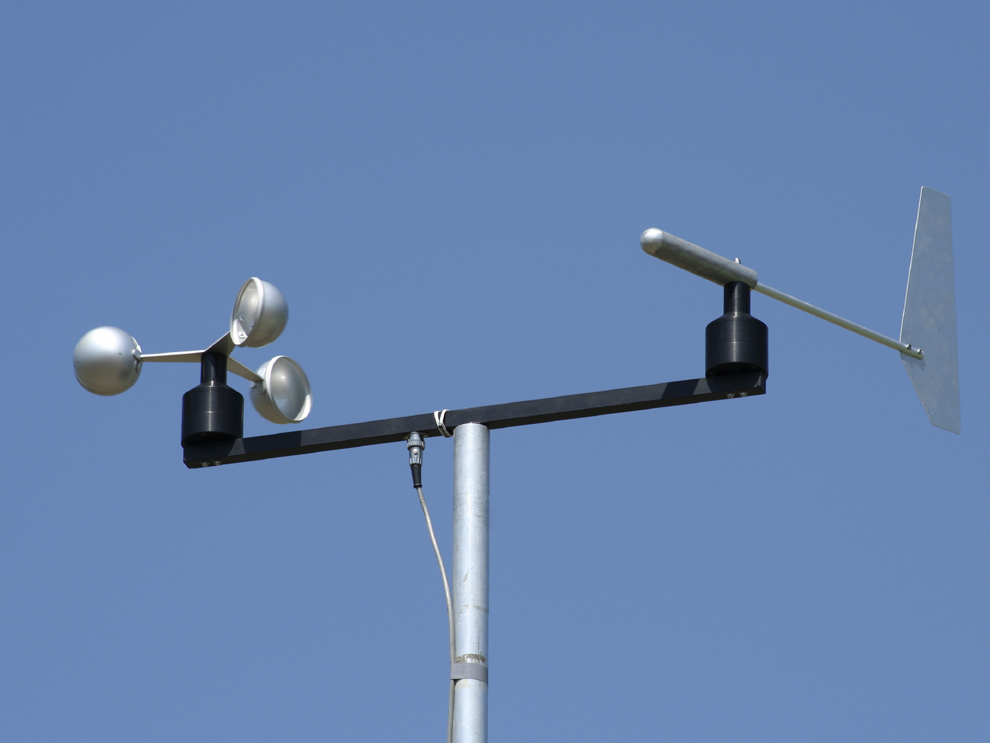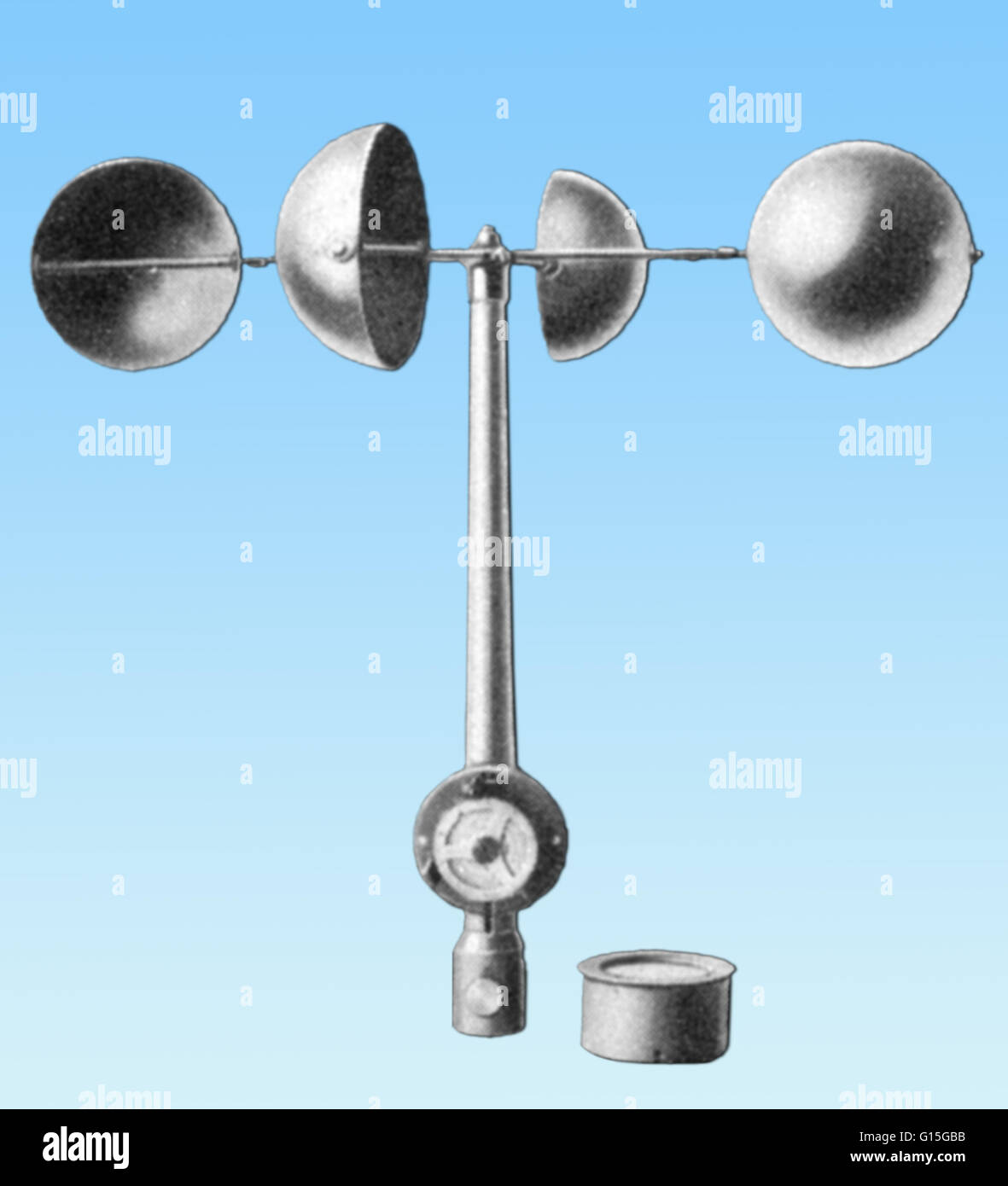All You Required to Learn About Anemometers: Just How They Work, Why They Matter, and Where to Utilize Them
Anemometers, though typically neglected in the realm of clinical instruments, play a vital duty in different areas, supplying beneficial insights right into wind rate and air flow patterns. As we dive into the details of anemometer modern technology, we will certainly uncover the internal workings of these gadgets, their significance, and the key factors to consider when selecting the right anemometer for particular applications.

Anemometer Essentials
A vital tool made use of to determine wind speed and direction, the anemometer plays an important duty in meteorology and various industries. An anemometer commonly contains 3 or 4 cups that rotate in the wind, a vane that points right into the wind, and sensors to track the motions or turnings. By determining the turnings or motions over a details amount of time, the anemometer can identify wind rate. The vane assists identify wind direction by pointing into the wind, providing valuable information for climate forecasting, air travel, maritime procedures, ecological tracking, and wind energy applications.
There are numerous types of anemometers available, consisting of mug anemometers, vane anemometers, hot-wire anemometers, and sonic anemometers, each with its unique functions and applications. Mug anemometers are commonly utilized for standard wind speed measurements, while vane anemometers are liked for directional measurements.
Concepts of Anemometer Procedure
Structure on the foundational understanding of anemometer essentials, the principles of anemometer operation elucidate the mechanics behind wind speed and instructions measurements. Anemometers operate the concept of airflow influencing a sensing unit, creating it to turn. Mug anemometers, for example, have three or even more cups that catch the wind, creating them to spin faster as the wind speed boosts. The rotation speed is after that converted right into a wind rate dimension. Vane anemometers, on the various other hand, make use of a tail or a probe that aligns itself with the wind instructions, giving a dimension of wind direction based on the alignment of the sensor. Hot-wire anemometers depend on a heated wire that cools as wind passes over it, with the rate of cooling determining the wind speed. Ultrasonic anemometers procedure wind speed and instructions by analyzing the moment it takes for ultrasonic signals to travel in between transducers. Recognizing these concepts is important for reliable and accurate wind dimensions in various applications.
Value of Anemometers
Anemometers play an important duty in gauging wind rate and instructions, supplying crucial data for weather projecting, environment research studies, environmental surveillance, and aviation procedures. Meteorologists count on anemometers to gather precise wind information, assisting them understand climate patterns, forecast tornados, and concern prompt cautions to the public. Wind ranch operators use anemometers to examine wind problems and take full advantage of electrical power manufacturing from wind turbines.
Applications Across Various Industries
In the renewable power market, anemometers play a vital role in evaluating wind problems for wind farm positionings, ensuring optimal power production. Industries like building and mining make use of try this out anemometers to check wind rates, crucial for security protocols, particularly when working at heights or in open-pit mines where solid winds can present risks. In farming, anemometers help farmers in handling crop spraying by offering real-time information on wind speed to prevent drift.

Selecting the Right Anemometer for Your Needs
Picking the proper anemometer customized to your particular requirements is important for getting precise wind rate and direction measurements. When choosing an anemometer, think about elements such as the desired application, called for measurement variety, environmental conditions, and desired attributes. For general purposes, a cup anemometer appropriates for gauging wind rate, while a vane anemometer offers wind direction data. Hot-wire anemometers are perfect for reduced airspeed measurements, and ultrasonic anemometers use high accuracy and durability.

Final Thought
In verdict, anemometers play an essential function in gauging wind speed and instructions throughout different markets. Comprehending the principles of anemometer operation is essential for selecting the appropriate gadget for certain requirements. From meteorology to aviation, anemometers are important tools for making certain and accumulating precise data safety and security in different applications. It is very important to consider the value of anemometers in additional reading order to make enlightened decisions when selecting one of the most suitable gadget for gauging wind problems.
There are various kinds of anemometers readily available, consisting of mug anemometers, vane anemometers, Website hot-wire anemometers, and sonic anemometers, each with its unique functions and applications. Cup anemometers are generally made use of for standard wind rate dimensions, while vane anemometers are favored for directional dimensions. Hot-wire anemometers are ideal for reduced airspeeds, and sonic anemometers are optimal for high-precision measurements in study and industrial settings.Structure on the foundational understanding of anemometer essentials, the concepts of anemometer procedure illuminate the mechanics behind wind rate and instructions measurements. For general functions, a mug anemometer is appropriate for gauging wind rate, while a vane anemometer gives wind direction information.